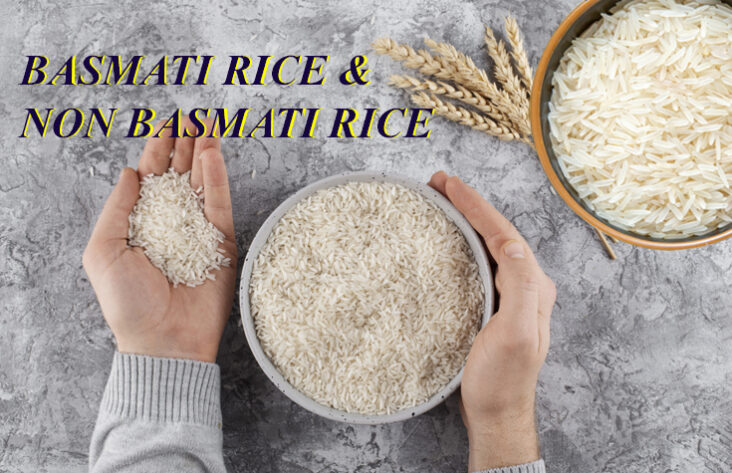Which one is the better: some basic differences between basmati and non-basmati rice

Basmati rice is often called the queen of scents. It contains an alluring fragrance that enhances the tastes of dishes. There are a variety of basmati rice. One the other hand, non-basmati rice is sticky on the surface. However, after cooking, it gets a soft texture and contains a sweet smell. Therefore, these two can be varied by their different features such as size, shape, flavor, fragrance etc.
Thus, there are some basic differences between basmati and non-basmati rice.
These are as follows:
Fragrance and taste
The most common identifiable feature of basmati rice is its fragrance. Some rice provides alluring scents that contains a positive response to the guest’s dining experience. Basmati rice provides a pleasant scent during and after cooking. Whereas, non-basmati rice has a soft smell as well as appealing taste that make it to have for regular eaters in their everyday meal.
Grain size and shape
Each variety of rice can be identified by the length, shape and color. Basmati is long grain rice. It is comparatively lighter than others. On the other hand, non-basmati rice comes in each size including long, thin, short, round etc.
Enhanced size after cooking
In general, basmati rice turns out to be double its length after cooking. In its raw state, it is comparatively longer than others. Considering India’s context, this variety of rice is utilized in several dishes for several purposes. But, post-cooking measures can’t be seen in non-basmati varieties.
Dietary advantages: Basmati rice is popular for its beautiful smell and great taste. It also has some dietary benefits. It cannot be overcooked by the medical benefits of non basmati rice as it contains less in starch as well as it is not the cause of indigestion. But for a regular diet, non-basmati rice is the best option. It is available at a cheap price.

